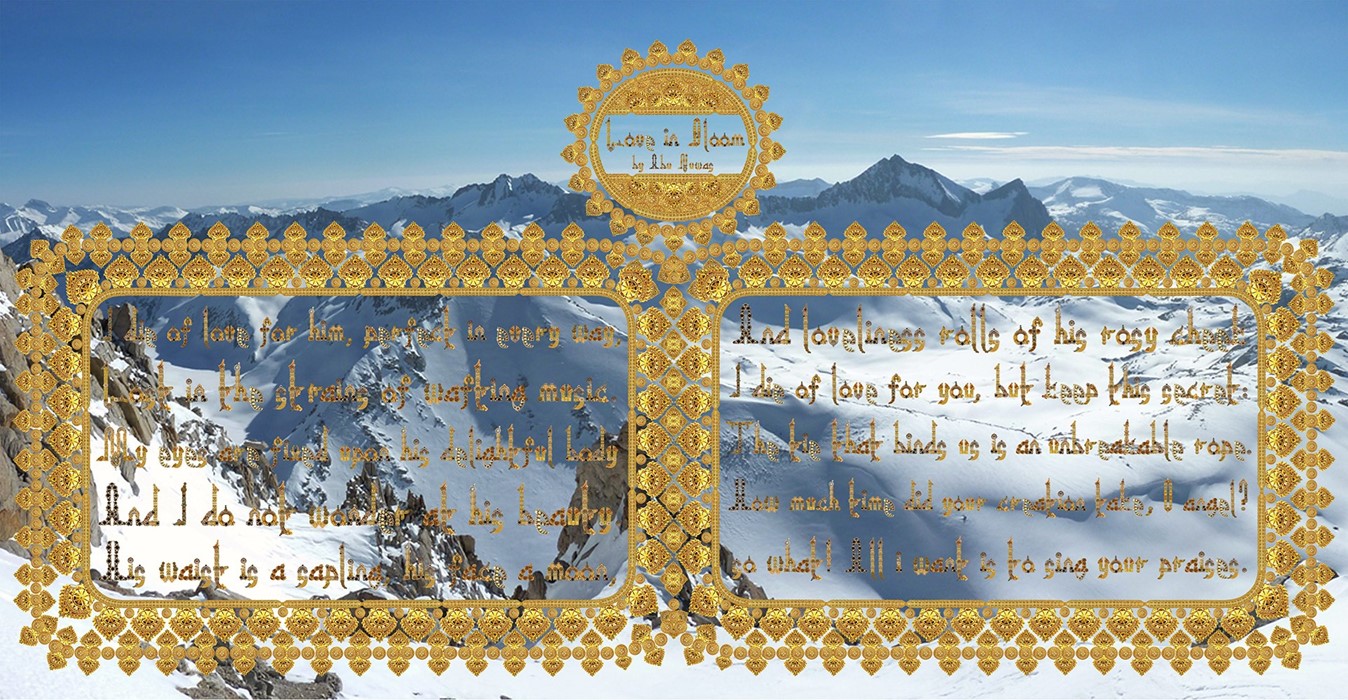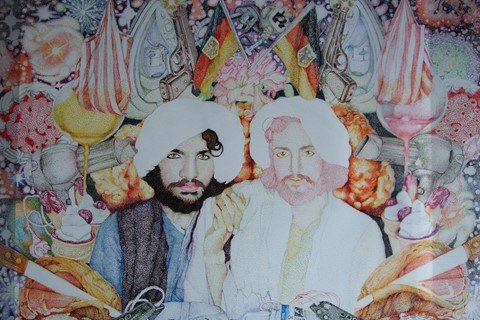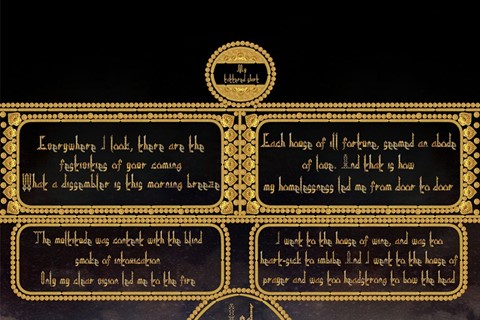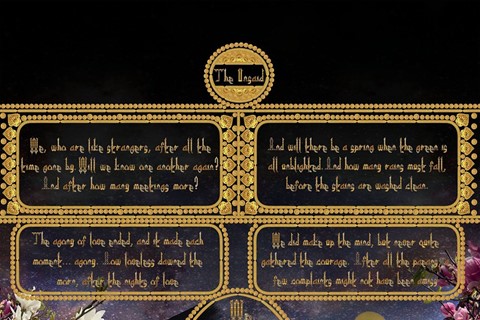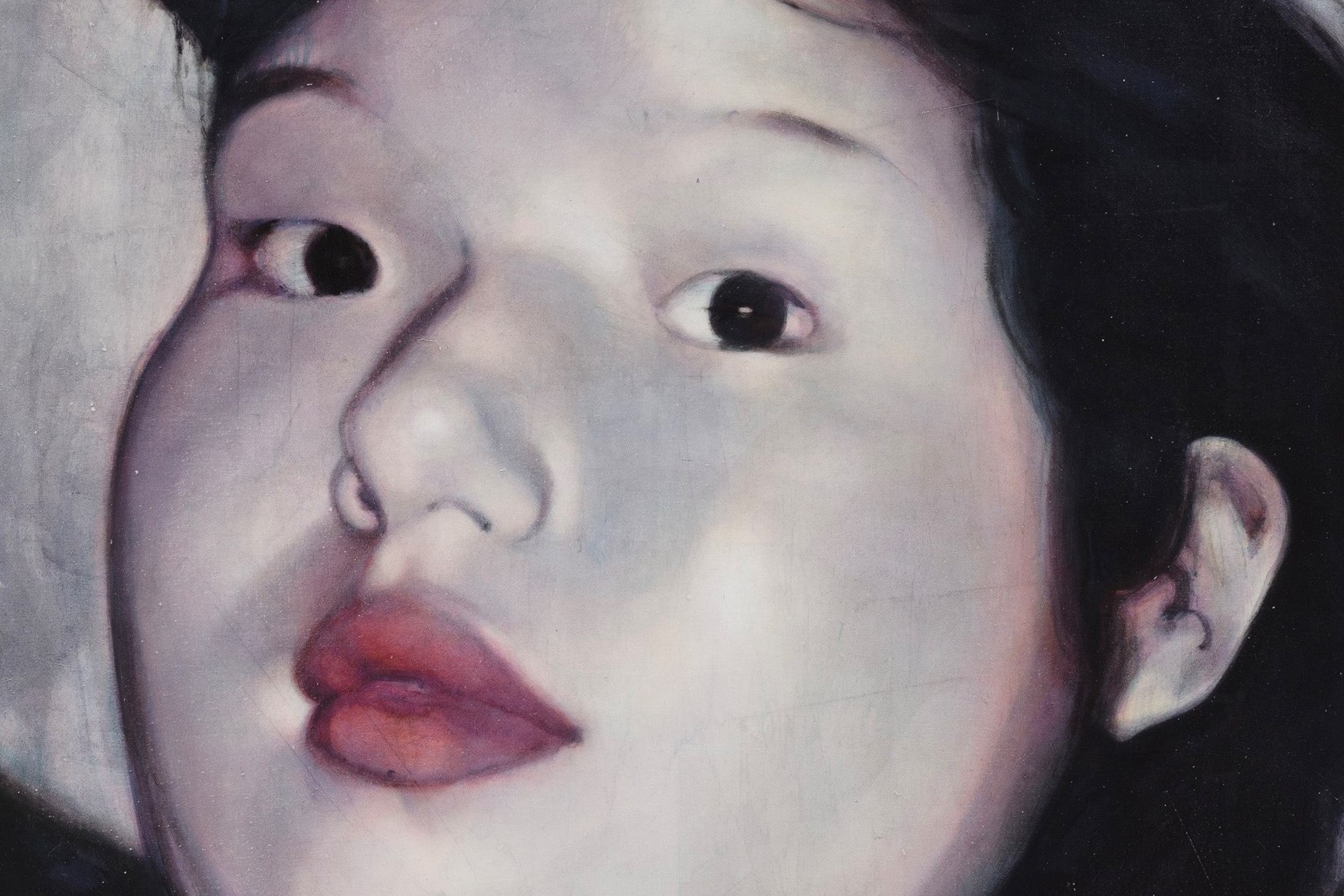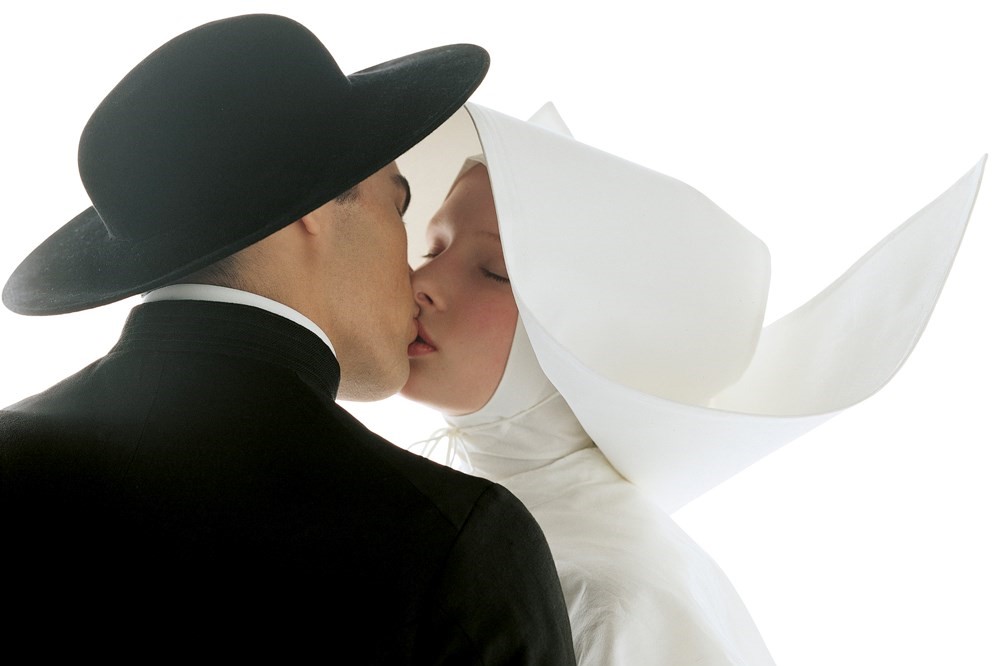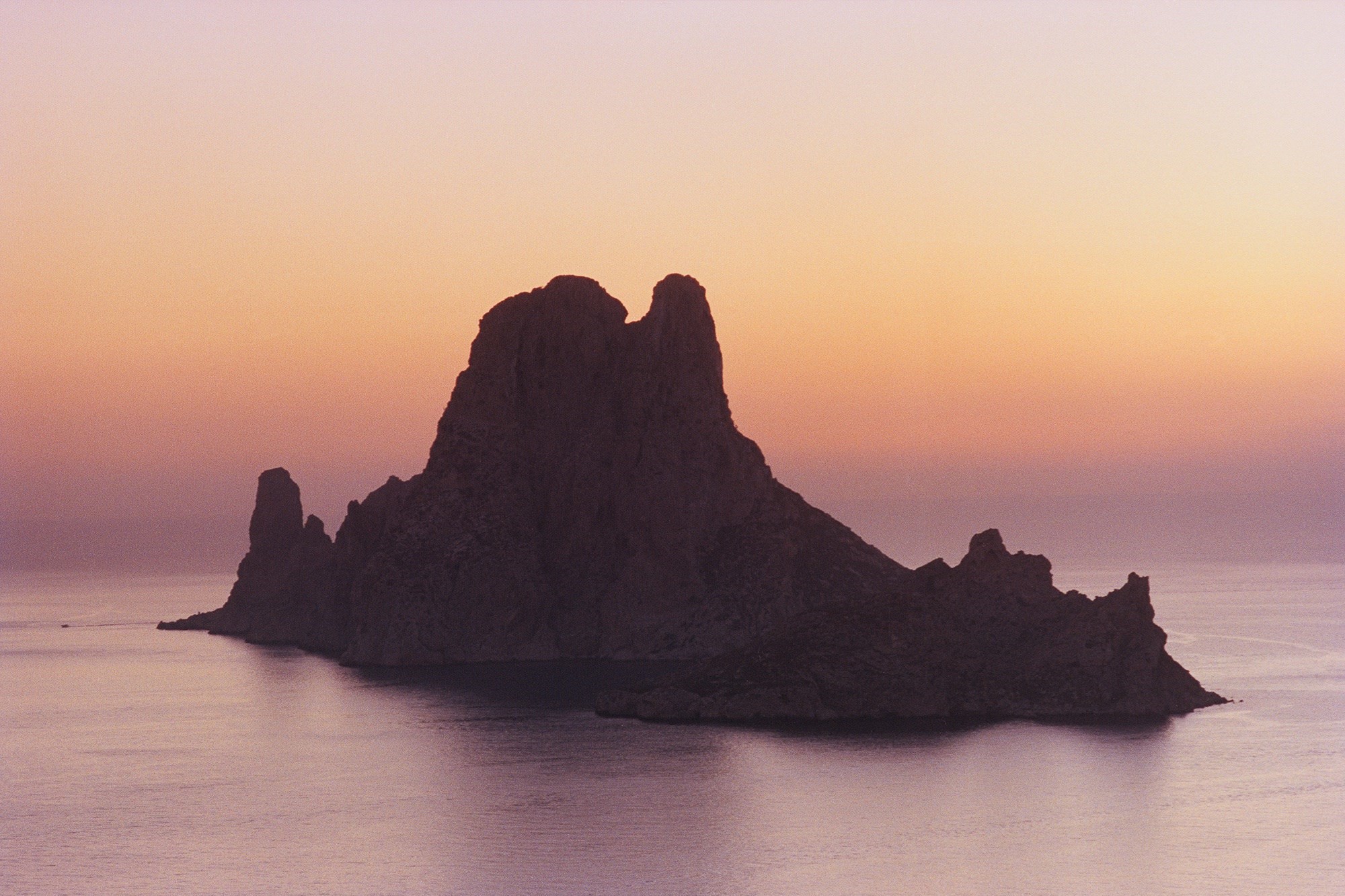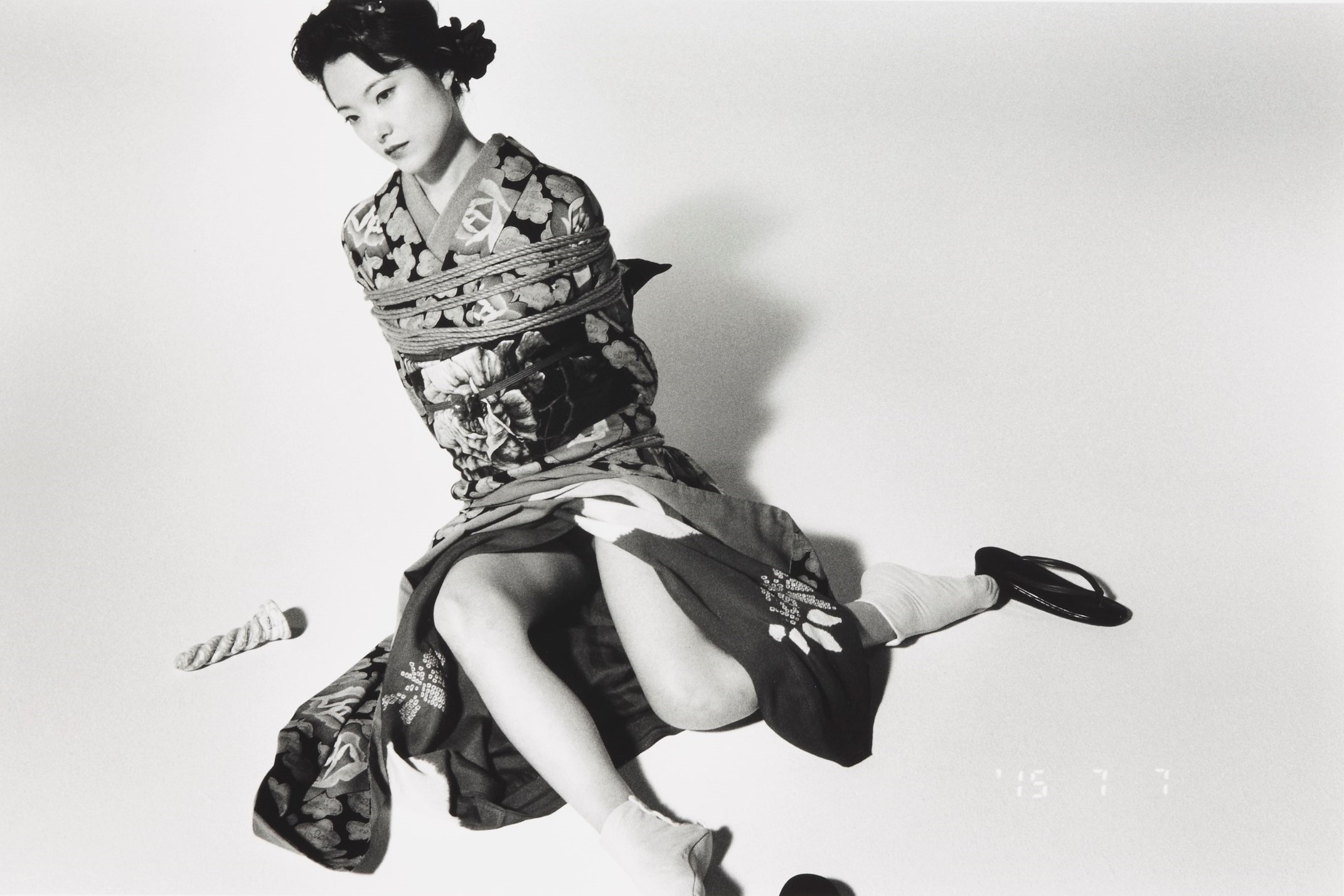Faiza Butt’s bejewelled imagery has the art world waking up to a glistening history of seduction in Islamic cultures
Faiza Butt is a Pakistan-born artist who currently lives and works in London. Her rich and sumptuous works are known for being highly erotic and lavish, mixing digital technologies with traditional Asian and Middle Eastern artistic practices and traditions. After studying at the National College of Arts in Pakistan, Butt moved to London to complete a postgraduate course at the Slade School of Fine Art, and was was awarded the UNESCO-Aschberg bursary allowing her to practice in Durban, South Africa, while running artistic workshops for women in shantytowns. AnOther sat down with the artist ahead of her participation in a show opening in London this week, entitled The Unbreakable Rope: An Exploration of Sexuality in Islam, to discuss her work and the importance of the exhibition.
Often working on lightboxes, Butt’s earlier works take images of sexually shaped objects and adorn them with brightly coloured jewels that reflect a Middle Eastern love for adornment as a seductive and empowering feminine statement. "The Mouth of your Eyes series is based around object fetish, and raises ideas of censorship," Butt tells AnOther. "I exhibited the works at Art Dubai, and a lot of the audience didn’t know what the objects were, but this shade of grey about the sexual or non-sexual nature of the images is where the art lies. It links back to this idea of what is taboo. The objects reference religious votives, which are often phallic in nature. I find it very beautiful.”
Other works from this period combine pointillist figurative drawings of male wrestlers embracing, surrounded by pastel coloured flowers, cakes and cheetahs. The works are effeminate and delicate, and yet charged with sensual iconography. “I think my aesthetics remain the same, with inspiration coming from the same sources, cities the world over and the richness and diversity of life,” the artist says. Butt clearly exhibits a taste for the bohemian – her images are cosmopolitan and exciting. The paradoxical displays of precious and rare materials suggests ideas of consumption and materiality both physical and emotional, and it was this aspect of her work which drew the attention of the curators of The Unbreakable Rope.
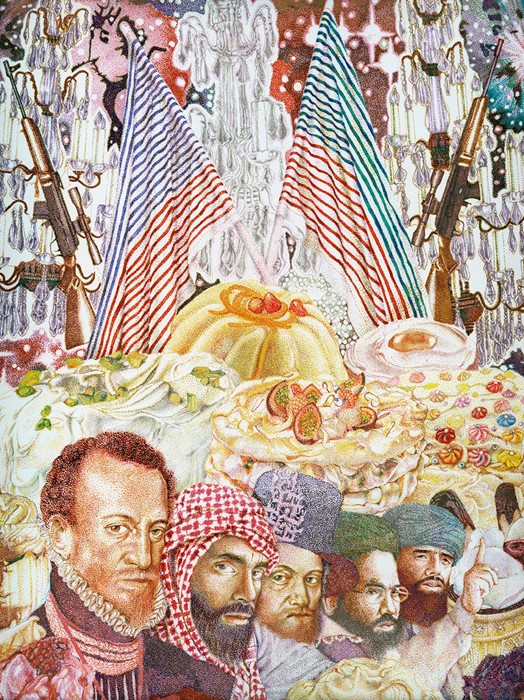
The Unbreakable Rope, which has been commissioned by the counter-extremism organisation Quilliam in partnership with the free speech charity Free Word, explores the little-discussed past, present and future of a rich and diverse sexual culture within Islamic traditions, through the works of ten contemporary artists.
In a new piece commissioned for the show, Butt has taken a passage written by the eighth century Classical Arabic poet Abu Nawaz, which also inspired the title of the show, and recreated it in an original font laid over a snowy mountain scene. “The background setting of the mountains forces you to have to search for the words, but I also treat word as image – the text is so beautifully crafted that even if you can’t read English you can still engage in it. The words are sculpted from images of contemporary Middle Eastern jewellery, which is almost sickeningly intricate. The whole idea of a love affair with gold goes way back – it’s pre-Islamic. It’s a highly spiritual material across all faiths. It’s both secular and sacred. Creating the Kufic font is very labour intensive – like embroidery. It can take a long time, scaling things, flipping them around.”

“I actually find new media quite primitive still – it will never beat what you do with your hands,” Butt says of her employment of digital technologies. “When I was at Slade, it was hammered in that text is an artistic mark. I started to become known for my text-based work, but wanted to find a new approach. New media is something that has always fascinated me. I find it very interesting, yet restricting. No matter how much you alter things on a screen, it never comes out the same, and that is because the screen is backlit and the light interferes with everything. This led me to experiment with lightboxes”.
The unbreakable rope, which has been curated by art historian Harry Seymour, and artist and theorist Rachel Maggart, shares a close connection with Butt’s body of work through its addressing of the control of sexuality and an important questioning of irrefutable contemporary dogma with regards to love under religion. “The concepts that The Unbreakable Rope is discussing have always been in my practice. Gender polemics is part of the human condition. I have a bit of a problem with the ghettoising of sexuality. A lot of people ask me if I am gay because I reference it in my work, and I say no, you don’t have to be gay – these are human issues. If you look historically, it’s only quite recently that such judgement has been placed on non-heterosexual relationships,” Butt continues. “In Islam the body is the ultimate battleground, and women are reduced to being fleshless in order for them to be controlled”.
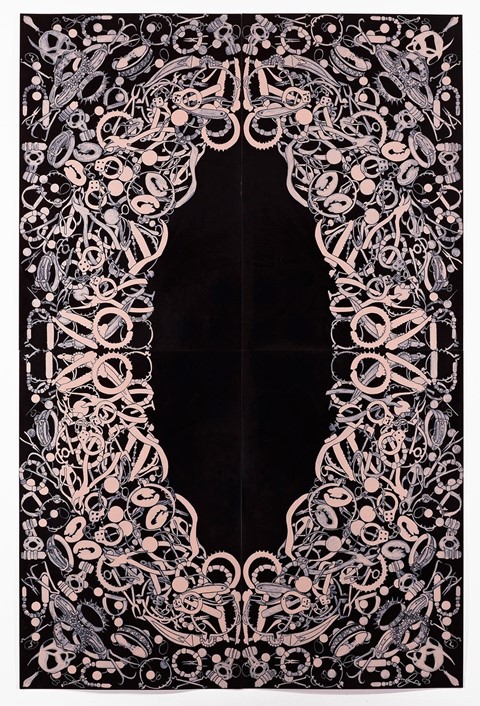
The Unbreakable Rope: An Exploration of Sexuality in Islam runs until June 8, 2016, at the Free Word Centre in London.
